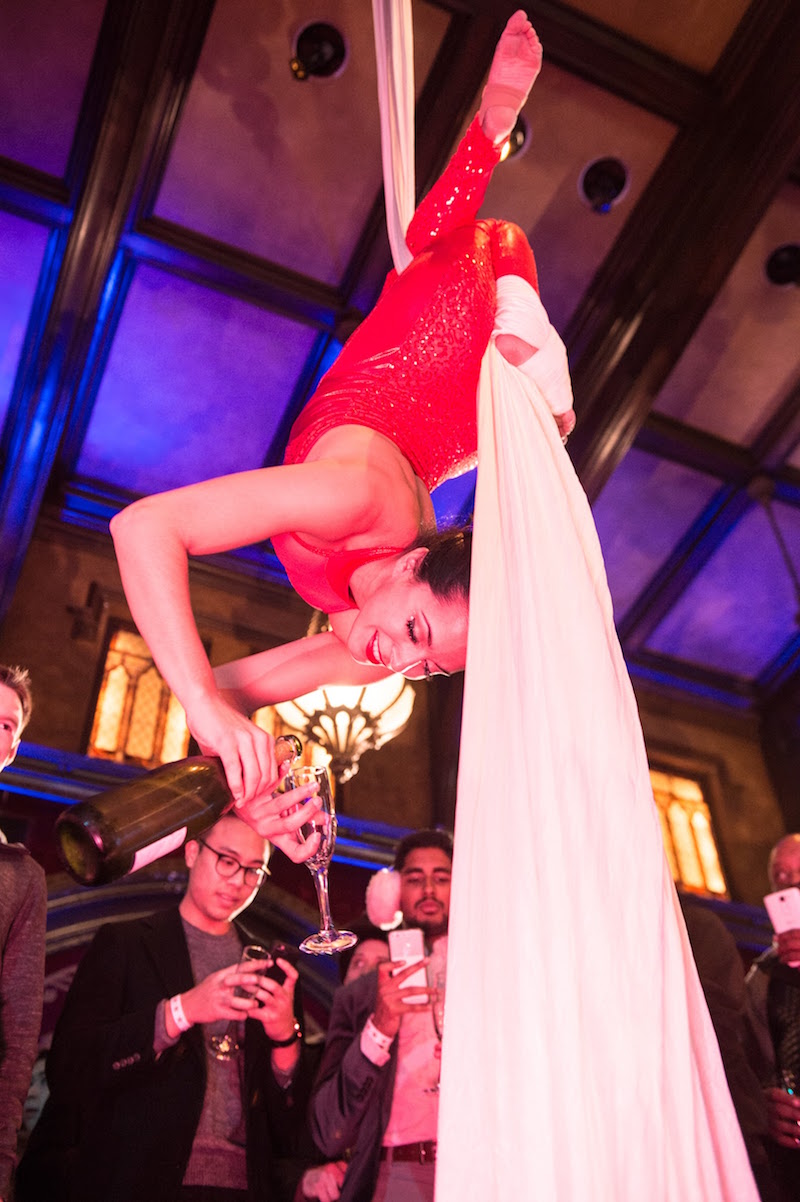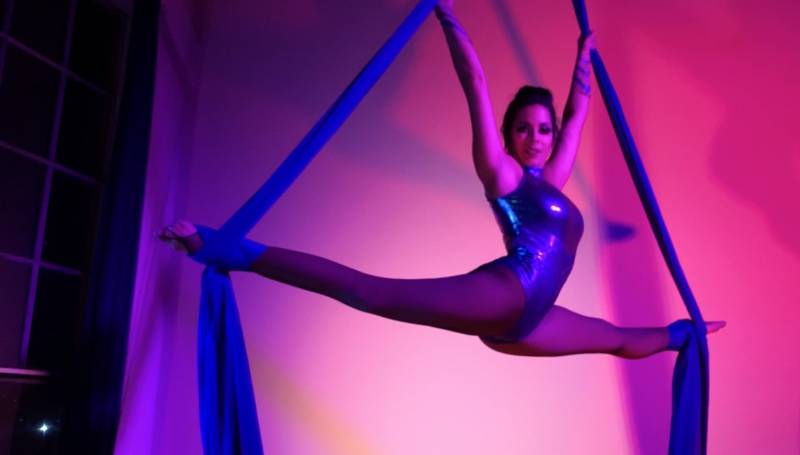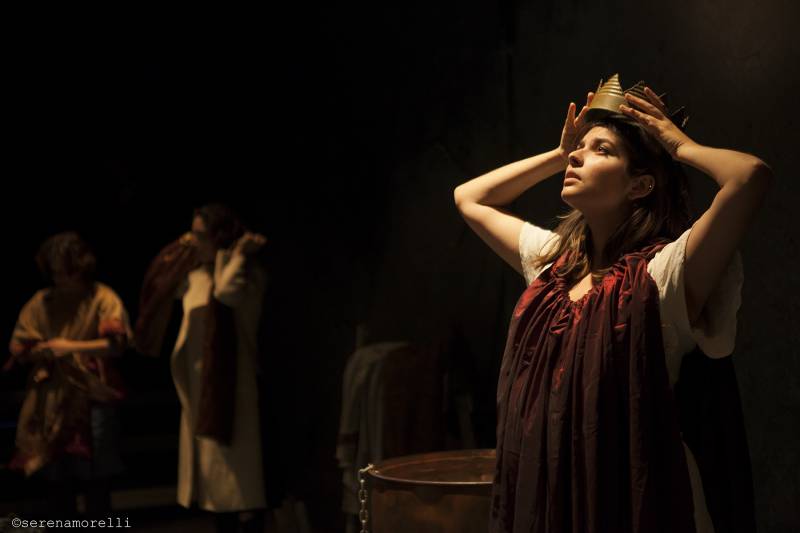Before the pandemic, Nina Sawant made a living hanging from hoops, contorting into improbable shapes and shimmering in sequins under neon lights.
Now, the Oakland circus artist and aerialist has had her work dramatically reduced to a few sporadic online shows. With the Bay Area’s shelter-in-place orders dragging into their seventh month, Sawant and theater, circus, dance and other performing artists are finding themselves trying to adapt their career plans as their industry lingers in an indefinite hiatus.
“There’s a hope that there will be a sort of a renaissance and people will be hungry to see theater shows and support the arts,” she says, “but I and all the people I know are taking it day by day and building up our additional skill sets so that, if the time comes, we have something to turn to if we’re not able to make a living anymore doing the things we’ve built our lives around.”
Last week, San Francisco moved to allow entertainment in outdoor dining areas and other city-designated Shared Spaces, but it’s unclear how advantageous the program will be for the theater industry. And for Sawant, the transition back to a booming circus arts business is a lot more complicated than shows reopening. In addition to theater performances, her more lucrative gigs at private parties for tech companies such as Apple and Google are also indefinitely on hold.

Even though some tech giants are doing well during the pandemic, their company culture is changing. Twitter is subleasing some of its Market Street office space; Google and Facebook told employees they’ll be working from home long term. Sawant wonders how long it’ll be before companies require their workers to show up in the same physical location, let alone budget for a huge party.
“We really at this point don’t know how long it’ll take for things to come back and what it’s going to look like when they do,” she says.
Careers in the performing arts have always been precarious. But the pandemic and its attendant uncertainty are teaching many artists valuable lessons in diversifying their skills in order to weather the storm. Sawant started two Patreon accounts: one where she gives business and career advice to circus artists, and another where fans can watch her perform. And she’s discovered a new passion for film directing and video editing. For Vespertine Circus, a Bay Area troupe that produces online shows, she edits music video-like clips of circus acts that are later played at ticketed livestreams.



